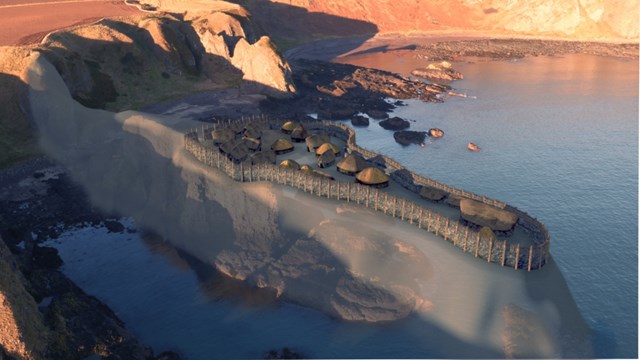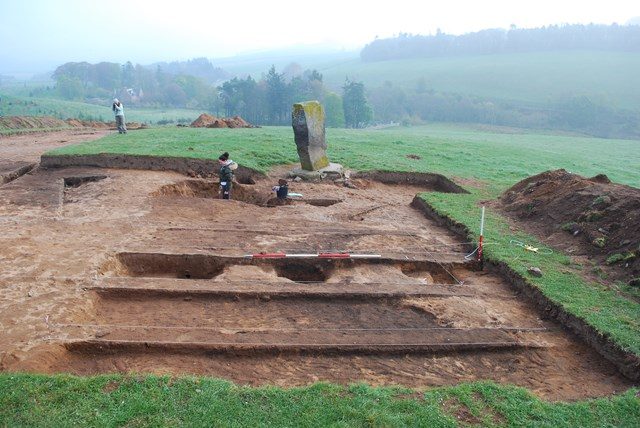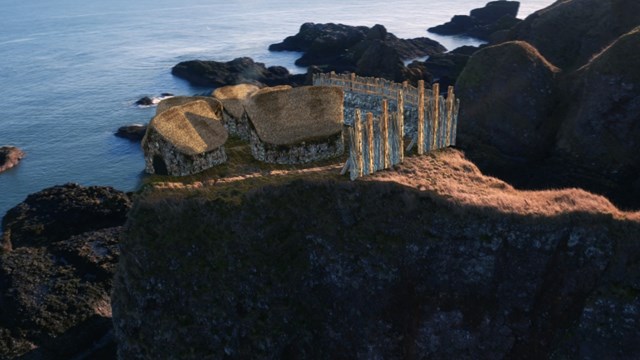Fascinating research revealing a new picture of Scotland’s Pictish past, has won a prestigious Archaeology award.
The University of Aberdeen, has won the Current Archaeology’s prestigious Research Project of the Year award for 2021.
‘The problem of the Picts: searching for a lost people in northern Scotland’ was selected through a public vote at the awards celebrating the people and projects judged to have made outstanding contributions to archaeology.
Since 2012, the research team led by Professor Gordon Noble has been building a very different picture of the early societies of northern Britain.

The Picts have long been regarded as a mysterious people, leaving behind little evidence of their presence other than their iconic carved stones.
Excavations as part of the Northern Picts project since 2012 have shown the Picts to have been a much more sophisticated society,
Revealing Picts to have traded across Europe and created large, hierarchical settlements.
At Tap o’ Noth, an imposing hill which rises above the village of Rhynie to the north of Aberdeen, the team made their most spectacular find yet.

In 2020, using radiocarbon dating and aerial photography, they uncovered evidence which indicates that thousands of people may have lived in more than 800 huts perched close to the summit, rivalling the largest known post-Roman settlements in Britain and Ireland.
This built on the picture they began unravelling in the valley below at Rhynie where eight years ago they found evidence for the drinking of Mediterranean wine and the use of glass vessels from western France.
The finds suggest it was a high-status site, possibly even with royal connections.
Other finds were made at the precarious Dunnicaer sea stack close to the iconic Dunnottar Castle near Stonehaven.
The rocky outcrop, which could only be accessed with the help of experienced mountaineers, was identified as the oldest Pictish fort ever discovered, dating back as far as the third or fourth centuries.

These finds, together with their work on the Picts’ most famous legacy – their system of symbols – has radically altered the accepted face of Scotland’s warrior kingdoms.
Professor Noble said: “It was a great honour to be nominated, let alone win. Our project has been about trying to put the Picts on the archaeological map, and winning this award is testament to the fact that we have succeeded to some extent.”
“For too long this period of Scotland’s history has been a particularly poorly illuminated part of the so-called Dark Ages. Our work is shedding new light on this and engaging people in new ways with our Pictish past.
“We are delighted that our work on the Picts has been recognised by Current Archaeology with this award and particularly that people got behind us with their votes.”

